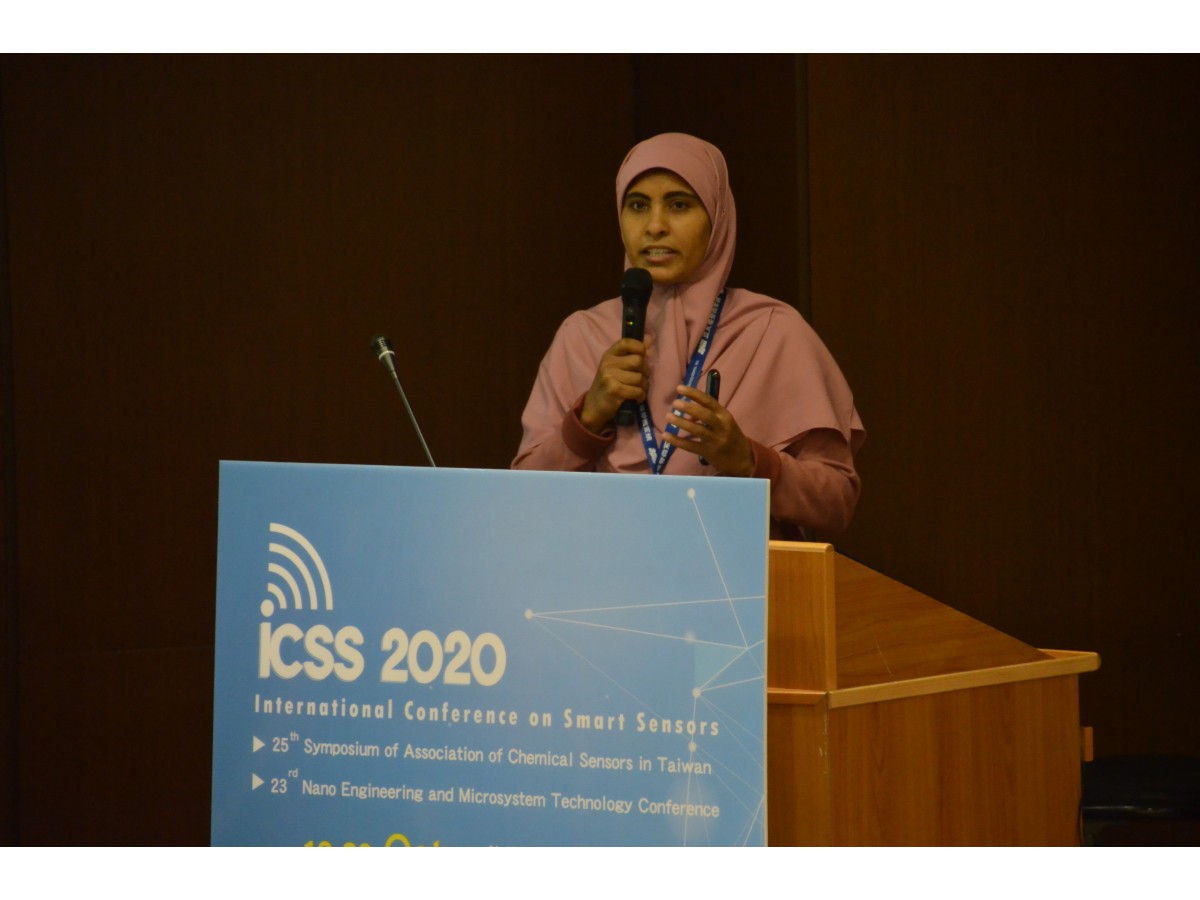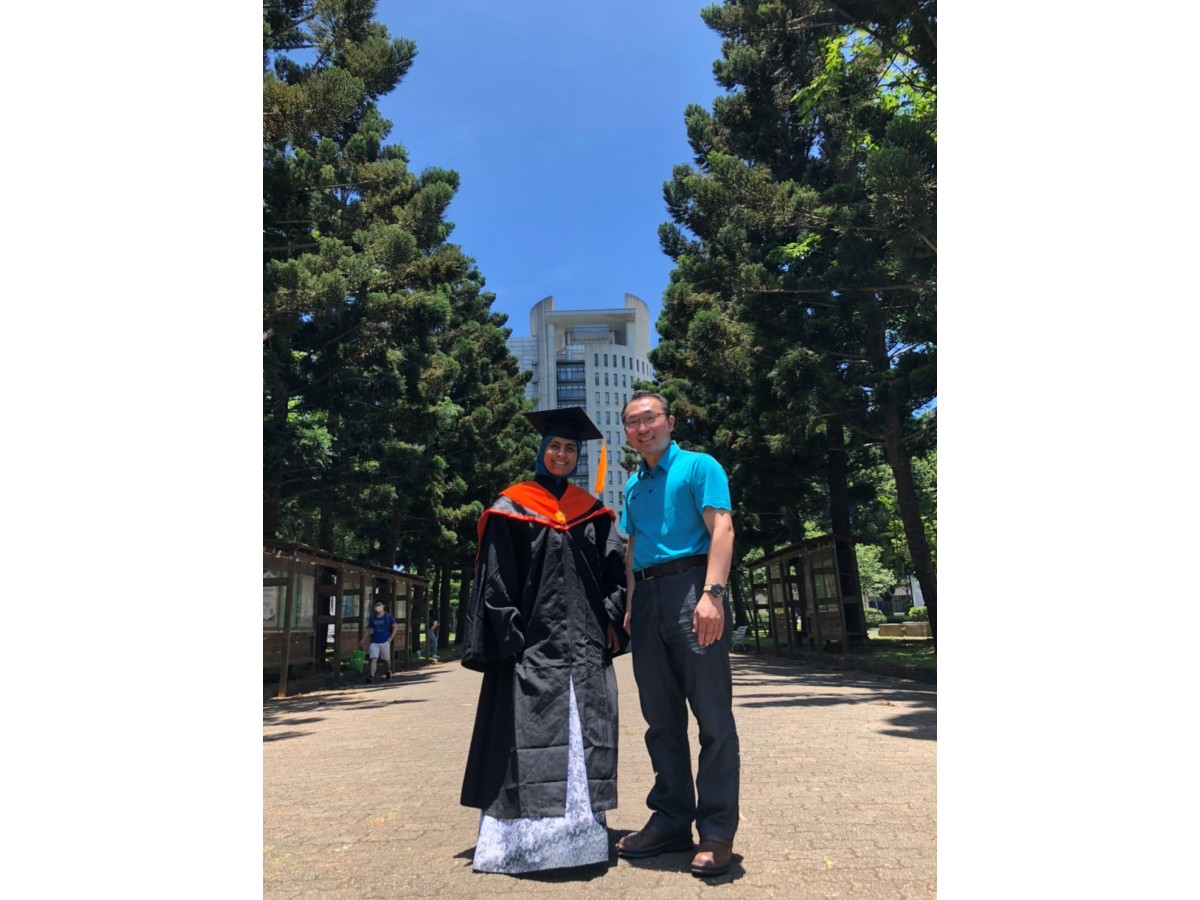Congratulations! Amal Farghal Noreldein participated in 25th Taiwan Chemical Sensor Technology Symposium (ICSS 2020) and won the Honorable Mention Award in English oral presentation competition. Amal Farghal Noreldein
Introduction
The potential applications for stimulus-responsive polymers have expanded remarkably in recent years and now include fluorescent chemosensors, biological probes, and drug delivery vehicles that utilize pH, temperature, light, humidity, electric field, or ionic strength. Because of their photoinduced isomerization, optical data storage, holographic grating properties, liquid crystal anisotropy, and photomechanical bending, azobenzenes—which can be employed as versatile photoresponsive materials—have been the focus of considerable research
Content
This paper gathered studies on multistimulus-responsive sensing and photochemical properties an amphiphilic diblock copolymer through a two-step reverse addition-fragmentation transfer (RAFT) polymerization technique. N-Isopropylacrylamide (NIPAM) macromolecular chain transfer agent and diblock copolymer (PNIPAM-b-Pazo) were discovered to have moderate thermal decomposition temperatures of 351.8 and 370.8 oC, respectively. PNIPAM-b-Pazo was determined to exhibit a lower critical solution temperature of 34.4 oC, as shown in Figure 1(b). PNIPAM-b-Pazo demonstrated a higher photoisomerization rate constant (kt = 0.1295 s−1) than the Azo monomer did (kt = 0.088 s−1). When ultraviolet irradiation was applied, the intensity of fluorescence gradually increased, suggesting that UV irradiation enhanced the fluorescence of self-assembled cis-isomers of azobenzene. We employed photoluminescence titrations to reveal that the diblock copolymer was highly sensitive toward Ru3+ and Ba2+ (Figure 2). Micellar aggregates were formed in the polymer aqueous solution through dissolution; their mean diameters were approximately 205.8 and 364.6 nm at temperatures of 25.0 and 40.0 oC, respectively. Our findings contribute to research on photoresponsive and chemosensory polymer material developments (Figure 3).
I extend my sincere gratitude and gratitude to Prof. Po-Chih Yang who guided me in a good way during my studies here and not only supported me in my studies but also in my life here in Taiwan and made me feel that I have a family. Thank you, teacher, for all that you have provided me since my arrival in Taiwan to this day. I wish you and your family a smooth life.



